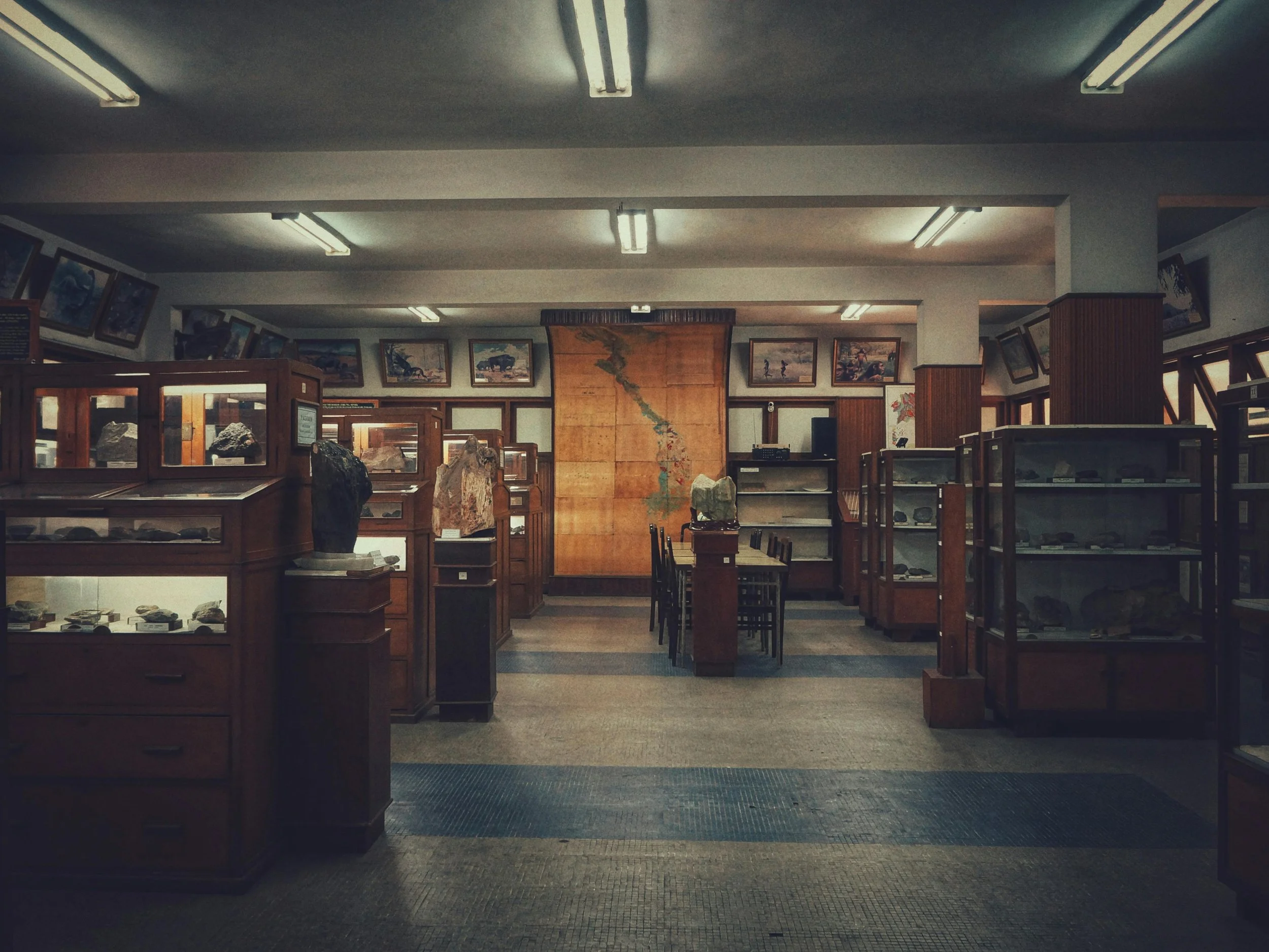Over the years, I've directed or have been part of a number of digitization projects. With each new experience, I've gathered a series of questions, an aide-mémoire, to be explored before commencing a digitization initiative.
By asking these questions during the planning phase of your project, you save an incredible amount of time, money, and effort later on. Make sure that you and your team, as well as the executive sponsors and stakeholders of the project, are in agreement about these elements.
These questions explore issues related to image-based collections, but you can easily apply them to other types of collections too.
Audience
Who is the intended audience?
Are they specialists, general users, or both?
What are the needs of the users, and how can they be best served?
What will digitization enable them to do that is not possible with analog images?
Selection
Do the images reflect the institutional mission and collections policies?
What is the intellectual value of such images and their informational content?
What are the images that are most valuable for teaching and scholarship?
What images are used most frequently, and how are they used?
What images are unique to the institution?
Do the images have sufficient intrinsic value to ensure interest in their digital surrogates?
Will digitization significantly enhance access or increase use by an identifiable constituency?
How much of the collection is well documented?
What images are of highest monetary value?
What images are judged to be at highest risk and why?
Are there any restricted or sensitive images to be excluded?
Are the images well captioned?
Will the proposed scanning technique be able to capture the appearance of the item accurately?
Will disparate collections be unified?
Are the images duplicated well elsewhere?
Do the images selected accurate represent the collection’s strengths?
Is there a danger of over- or under-representing specific themes?
Physical Characteristics of Collections
How many items have to be digitized?
What are the formats of the collection?
What is the physical condition of the images?
How do the originals need to be handled during scanning to prevent damage?
Will the images be able to withstand handling during the scanning process?
What size are the images? Are they oversized?
Intellectual Property Rights and Legal and Cultural Considerations
Who will be responsible for evaluating the copyright status of selected images?
Who owns the rights to the images?
Are they in the public domain? If not, can permissions be secured?
Are there legal or cultural considerations to be addressed?
Are the images free from donor restrictions that would prevent them from being digitized or publicly accessed?
Funding
Who will be responsible for fundraising and grant writing?
What are the funding sources?
Who will manage budgets?
What parts of the project will funding support?
Are the costs in line with the anticipated value?
Are the costs of scanning and post-scan processing supportable?
What will it cost to maintain access into the future?
Technology
Is there sufficient technical infrastructure to create, manage, and deliver digital projects?
Does current technology yield image quality adequate to meet project goals?
What hardware is required to meet digitization needs?
What software is required to meet digitization needs?
Are there sufficient storage facilities to meet digitization needs?
Project Planning
What will be the short-term, immediate benefits of the project?
What are the long-term, strategic benefits of the project?
What are the expected outcomes of the project?
What is the intended workflow of the project?
Staffing
Does the institution have the necessary expertise and resources to plan and implement the project?
What skills, experience, or training will be required for each activity?
Who will oversee digitization initiatives?
What kind of staff are needed, and what will their responsibilities be?
What institutional support and leadership can they expect?
How will digitization affect staff roles and service at the institution?
Are staff levels and available skills appropriate to support the growing size and scope of the collections and access to these images by users?
Who will be responsible for each stage of digitization?
Who will write project documentation and progress reports?
Preparation
Will images be conserved before being scanned?
Will it be necessary to clean images prior to scanning?
Will images need to be encapsulated or de-encapsulated prior to scanning?
Will images need to be transported before digitization?
Digitization
Will the digitizing take place in-house or through a vendor?
What are the resolutions and bit depths needed?
Will the files be compressed?
Should the images be faithful reproductions or optimized for presentation?
How will copies of the images be stored?
Are there specific image guidelines specified by the funding source?
Will master and derivative files be created?
Quality Assessment
Is digitization complete? Are images missing?
Have the file naming conventions been adhered to?
Are the files named for the correct original images?
Have the images been captured in the correct mode (color or grayscale)?
Are the images in the correct format and, if appropriate, are the compression rates correct?
Are the resolutions and bit depths correct?
Are the tonal values and color balances correct?
Are the brightness and contrast settings correct?
Is there noticeable interference, noise, or artifacts?
Does the image accurately represent the qualities of the original?
Have the significant details been successfully reproduced?
Have the images been checked on a variety of monitors?
If printing is required, have the images been output to a variety of printers?
Description and Metadata
Who uses the images and how do they request photographs?
What are the most frequently requested subjects?
What type of description already exists for the collection?
At what level will the metadata be: item, collection, or both?
Is there sufficient metadata available to match perceived user needs and project aims?
What metadata or finding aid scheme will be used?
If there are several versions of an original, which version will be cataloged?
Is it possible to create metadata that satisfies both general and specialized users?
What level of granularity will most likely benefit users?
Are there other fields necessary as access points that might be of interest to users?
Will extensive research time be required to record even the minimal metadata requirements?
Is there enough information readily available about the images to provide a useful context to potential audiences?
Access
Will the images be linked to existing systems, or will it be necessary to develop a new access method for the images?
At what level will access be provided: item, collection, or both?
Will the images be accessible and deliverable online?
How will users locate the collections, items within the collections, and relevant subsets of the items?
How will images be viewed? One at a time or several together to facilitate comparisons?
Will zooming be required?
Will access be appropriately controlled?
Timeframe
What are the critical deadlines?
How long will each component of the project take?
What are the anticipated start and end dates?
Does the timeframe include the possibility of delays?
Collaboration and Outreach
Will the project have a collaborative component?
Is the collaboration local, national, or international?
Is there a community outreach component?
What will the instruction and end-user support be?
Collection Management Systems
What new opportunities is the CMS intended to create?
How will institutional buy-in be ensured?
What is the cost-benefit ratio?
What is the anticipated impact of the CMS on organizational thinking about and use of digital content?
How will the CMS technology be integrated into existing systems?
What metadata will be required to support the application of CMS technology?
Evaluation
How will evaluation of the digital resources be undertaken?
What measures exist to demonstrate the project has succeeded?
How will user perceptions and expectations of the project be addressed?
Sustainability
How and where will be the archival images be stored?
What kind of backup mechanisms are in place in case of hardware or software failure?
What are the data migration and refreshment plans?
Is there demonstrable long-term support in place to maintain the project and ensure its longevity in the future?






























